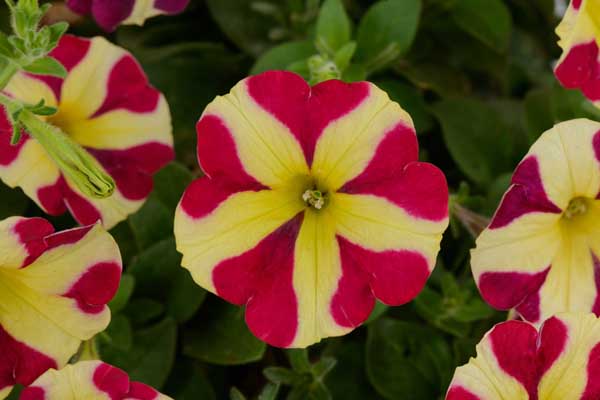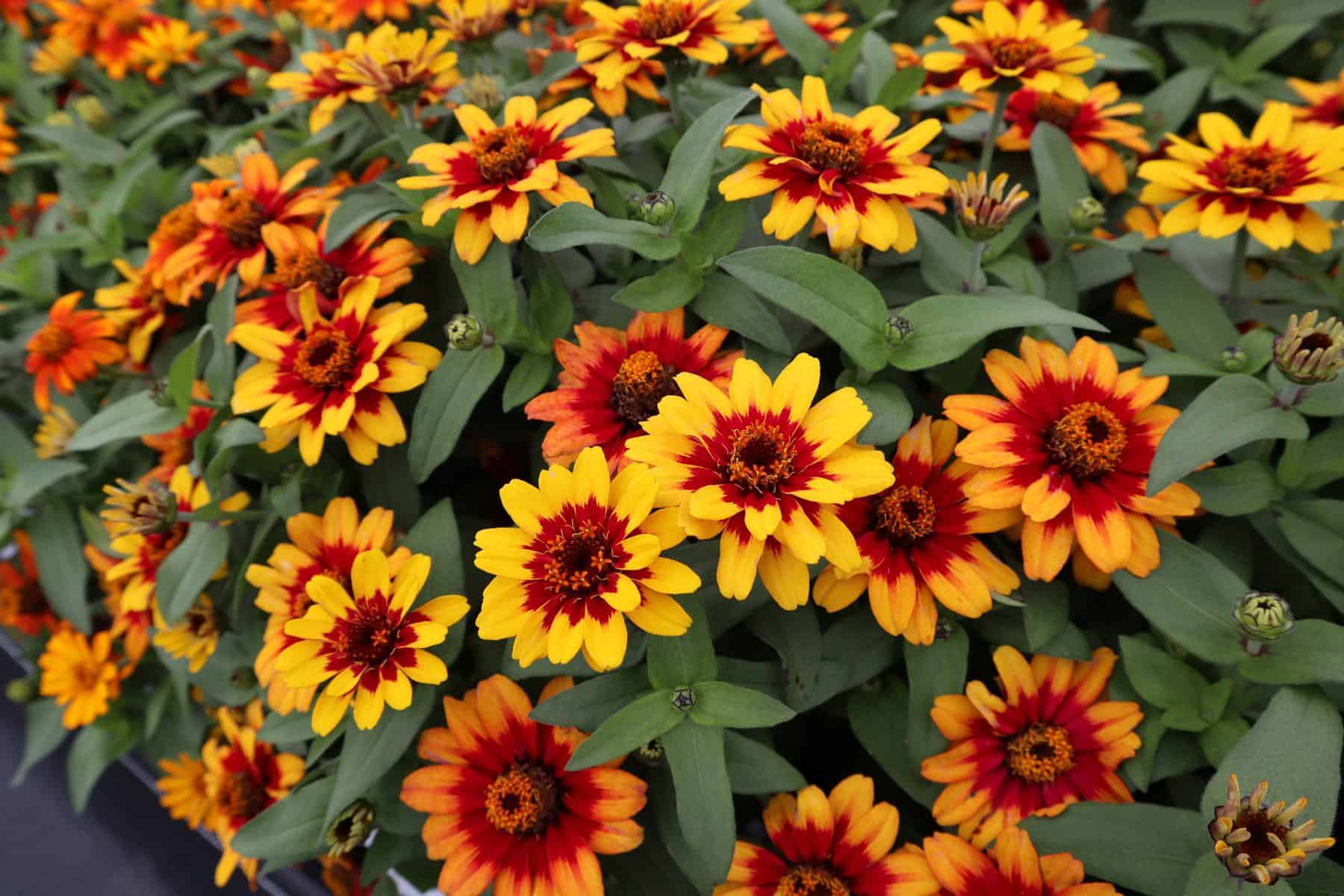Summary
Looks great grown in containers and hanging baskets. Wonderful combined with bright annual flowers in large patio pots. Makes a good houseplant year round.
Description
This lovely plant gets its common name from its cascading foliage that trails over containers like a veil. The dense, deep green foliage is sprinkled with tiny white flowers all season long. Grows very happily in containers and can be pruned freely to maintain the desired size and shape.
Additional Info
Bridal Wreath Spirea Shrubs have beautiful, delicate white flowers that cascade along the weeping branches. The white flowers are clustered together like flowers in a bride’s bouquet. Bridal Wreath Spirea grows almost like a weeping willow with long branches that arch downwards. The flowers bloom in mid-spring, and every inch of its branches are covered with clusters of the white blooms. When cut, those stems can easily be shaped into bridal headdresses – hence the name. The tiny white flowers form in clusters which stand out against the foliage. When fall arrives, the leaves transform from emerald green to shades of red, orange, and golden yellow.



